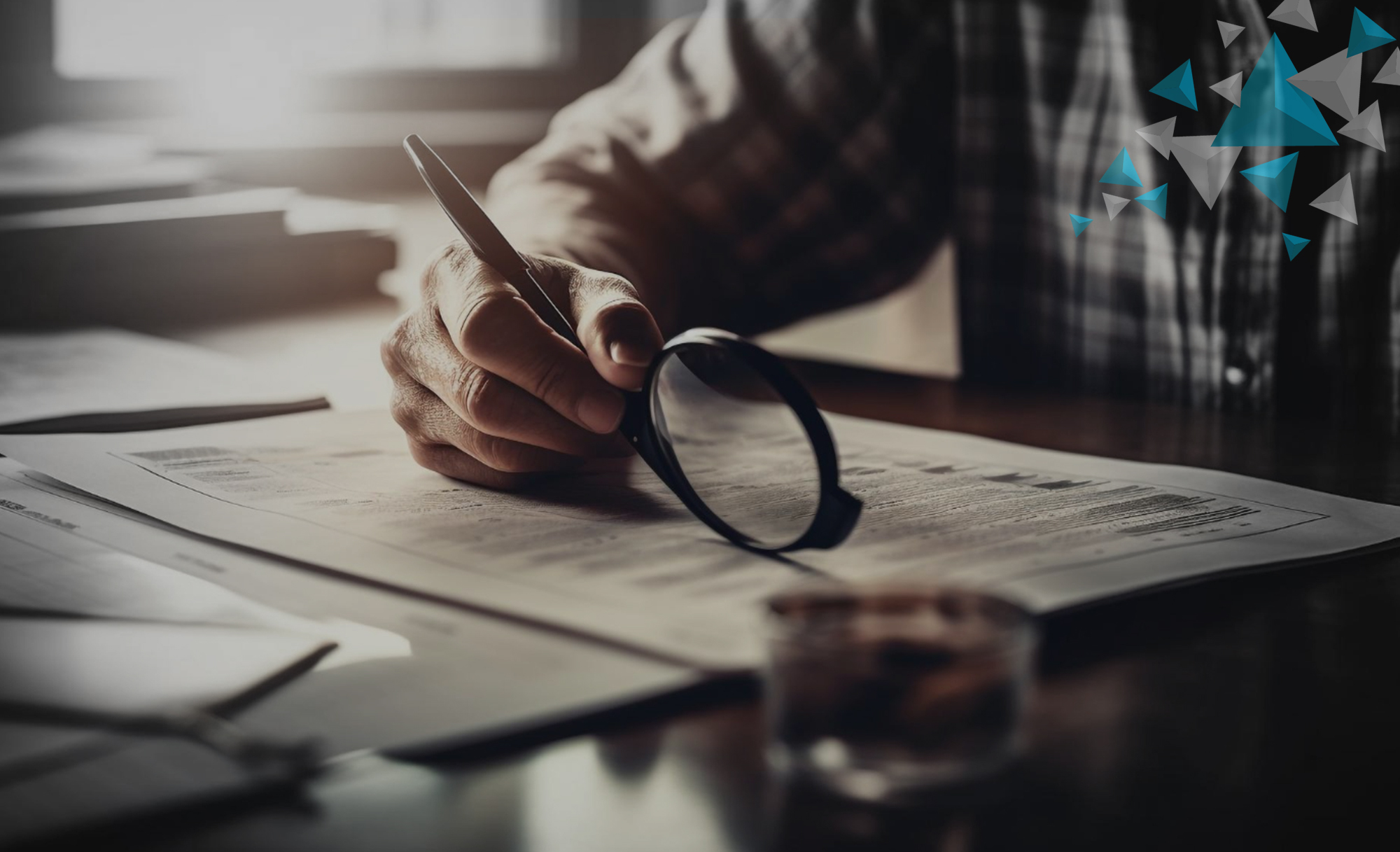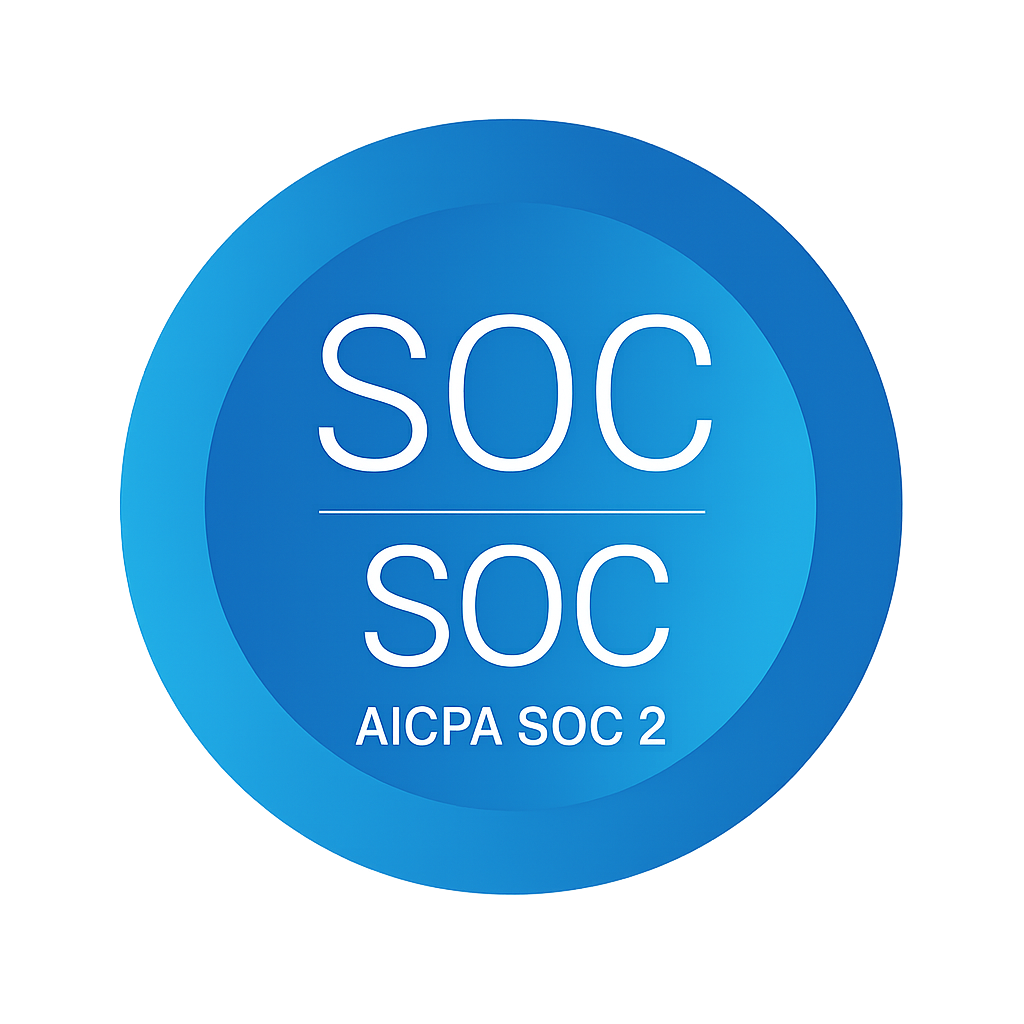- Understand the entire UX design process, from fundamentals to best practices.
- Learn the five key stages of UX design and why each step is crucial.
- Discover the difference between UI and UX design and how they work together.
- See why UX design is essential for product teams and how it impacts customer success.
The total user experience (UX) is influenced by every interaction customers have with your brand and product. This includes the landing page that introduces them to your service or product, the signup and onboarding process, and every feature or component of your product.The user experience frequently impacts whether customers churn, convert from free to premium users, or stay. Every team and job inside an organization can benefit from UX, but product teams need it more than anybody else.Everything you need to know about UX design is included in this guide. We begin by outlining UX design, why it's important, and the best practices you should be aware of.
Fundamentals to Best Practices
UX Design: What is it?
The process of creating products that are simple and entertaining for users is known as user experience (UX) design. You can promote product adoption, retention, and loyalty by creating products that are as simple for people to use as feasible.
Product teams and designers use data and usability testing to continuously improve the product experience so that it gets simpler for users as the product develops.
The five steps of the UX design process
There isn't a standard workflow that all UX and product teams adhere to because different products, users, and internal processes exist.
For instance, some teams adhere to the Lean UX approach, which involves three major stages:
THINK:
To discover obstacles and user pain spots, teams consult user input, product and usage data, competition analysis, and other sources of information. They then brainstorm solutions to enhance the product to address these issues.
MAKE:
Product changes or new features are integrated by designers and developers.
CHECK:
Teams employ surveys, A/B or multivariate (MVT) testing, and other tools and techniques to ascertain whether the modification or new function enhances user experience and resolves the user's initial issue.
Similar to other design processes, the fundamental UX process we present below is divided into five parts to highlight the cyclical, iterative nature of UX design. For superior UX design, you must carry out each step of this process with extreme care and persistence.
- Conduct extensive research and gather an excellent understanding of the product
Before any designs are mocked up, thorough UX research must be conducted.
To keep the UX design process centered on consumers, conduct user research to uncover their needs, goals, obstacles, and other characteristics. Then, create detailed user personas that inform design choices.
Research the market, similar products that are already on the market, what characteristics they have in common with your product in terms of UX, and possibilities to differentiate your offering based on UX.
Understanding your product's past will help you make better design decisions in the future, prevent mistakes from happening again, and continuously enhance the user experience (UX) of your product based on what you've discovered.
- Develop a prototype for your product
A designer develops a prototype and wire-frame of your product after the research phase, illustrating how users will move between features and elements and how the product will seem visually.
Your minimal viable product (MVP) is the version of your product that has the bare minimum of features required for testing and user input. The prototype doesn't have the same aesthetic appeal as the final product, but it gives a good idea of how it will function. The following stage, prototyping, wire-framing, and testing, enables you to obtain insightful user input prior to devoting resources to the creation of your product's final version, potentially saving time and effort wasted creating the incorrect features and UX for your users.
- Test your product for the user
After that, your product team will do user testing, including A/B tests, MVTs, and split tests, to find any current or potential design flaws that can frustrate customers. Your team might discover, for instance:
Users are unable to achieve their objectives due to the UX's confusion.
Because users aren't interested in them, some features aren't worth further developing.
Certain user behaviors cause friction in the use of the product. Utilizing technologies for product experience and behavior analytics, such as heatmaps and session recordings, as well as gathering user input that can assist uncover obstacles and pain areas are some examples of user testing.
- Release your prototype
You'll make adjustments and final touches to your prototype throughout the testing process based on the results and user input.
When your product is ready, you might launch it gradually. For instance, before rolling out a new design to your whole user base, your UX team may deploy a beta version or "soft launch" to a select number of users in order to gather extra user feedback and usage statistics.
- Keep running iterations after the launch
More testing happens after the product is out since UX design is an ongoing, iterative process. Your team will keep making adjustments and improvements as necessary during the iteration phase while attentively observing how these changes affect the user experience.
This stage frequently includes A/B and multivariate testing so your team can assess the effects of product modifications and contrast several design iterations to determine which offers the best user experience. The winning version is then released.
What separates UI design from UX design
A component of UX design that focuses on a product's visual appeal is user interface (UI) design. A UI designer might concentrate on the design of a website page or app screen, the color of CTA buttons, etc.
UI and UX design are frequently mistaken for one another. That makes sense because the user interface contributes to the user experience, but UX is a broader process of discovering and resolving user problems. UI design is more tightly focused on the visuals and aesthetics of the interface consumers perceive.
Typography, color scheme, branding, button design, animations, and photography, for instance, are all examples of UI; user flow, product functionality, and other elements are part of UX.
Why are product teams focused on user experience design?
A bad user experience may lose you customers because unhappy consumers may leave your product if it's challenging for them to browse or has bugs or other friction-causing problems. You can reduce churn if you make UX design a crucial component of your product development process and maintain product experience front and center.
By making an investment in the user experience, you may develop a useful product that assists users in achieving their objectives and solving problems.
Specifically, your product team can use UX design to:
- Drive more users to conversion
- Boost adoption
- Boost client loyalty and retention
- Decrease churn
We'll discuss the four fundamental tenets of UX design, best practices for UI design for enhancing products, and five typical errors product teams make when it comes to UX design in subsequent posts. Remain tuned. Visit www.bayrocklabs.com to learn more about our UI/UX services.



















.png)

.png)








